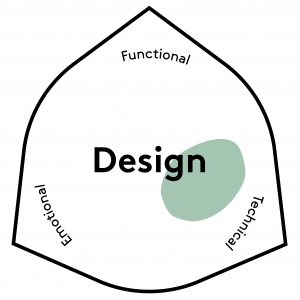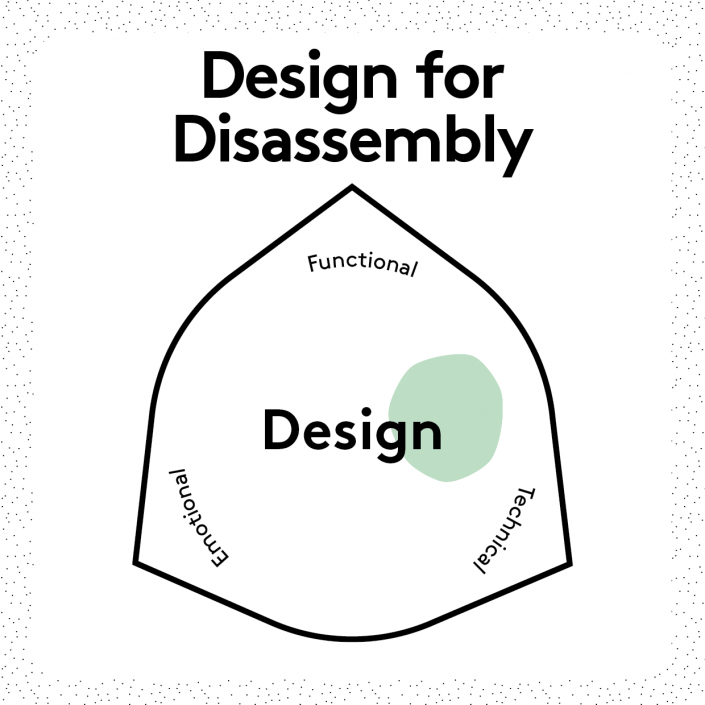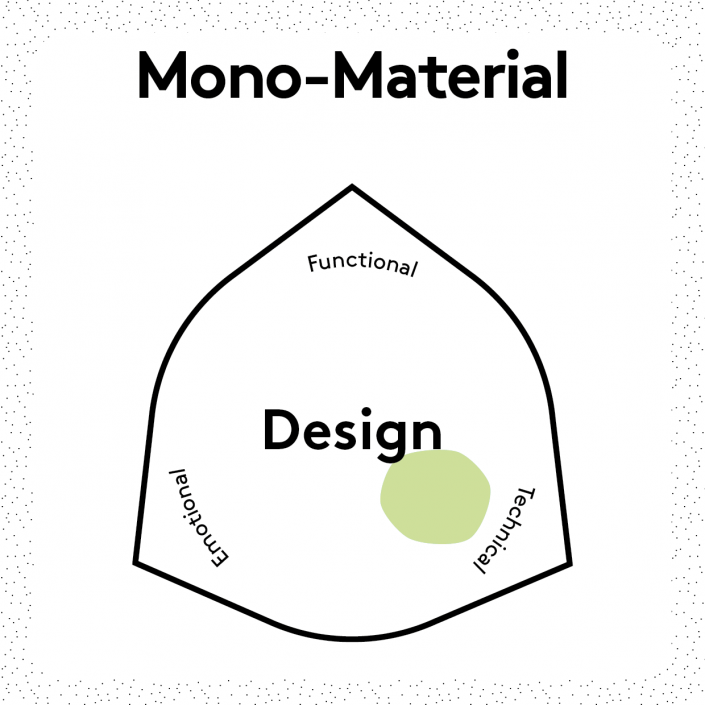What?
To inject new and higher value to a used, and possibly discarded, product through design.
Why?
Up-Cycling ensures that resources retain the highest possible value for as long as possible throughout their successive use cycles. It is a prerequisite to a truly circular economy.
Challenges
- It can be difficult to ensure clean material fractions.
- Access to and development of up-cycling supportive technology are limited.
- It can be difficult to define what ‘higher value’ is.
Examples
- Precious Plastic empowers people around the world to kickstart local plastic upcycling facilities.
- Refunc collective re-uses and upcycles materials into architectural interventions and installations.
- Fashion brands such as Looptworks re-use other brands’ leftover materials.
- The material Newspaperwood from Vij5 is made out of old compressed newspapers.
- The Upcycl is a Danish B2B platform aiming at connecting professionals with material waste streams.
Further Reading
Bridgens et al. (2018). Creative Upcycling: Reconnecting People, Materials and Place Through Making. Journal of Cleaner Production, 189, 145-154.
Imbert (2017). Food Waste Valorization Options: Opportunities from the Bioeconomy. Open Agriculture, 2, 195-204.
McDonough & Braungart (2013). The Upcycle: Beyond Sustainability—Designing for Abundance. North Point Press.









